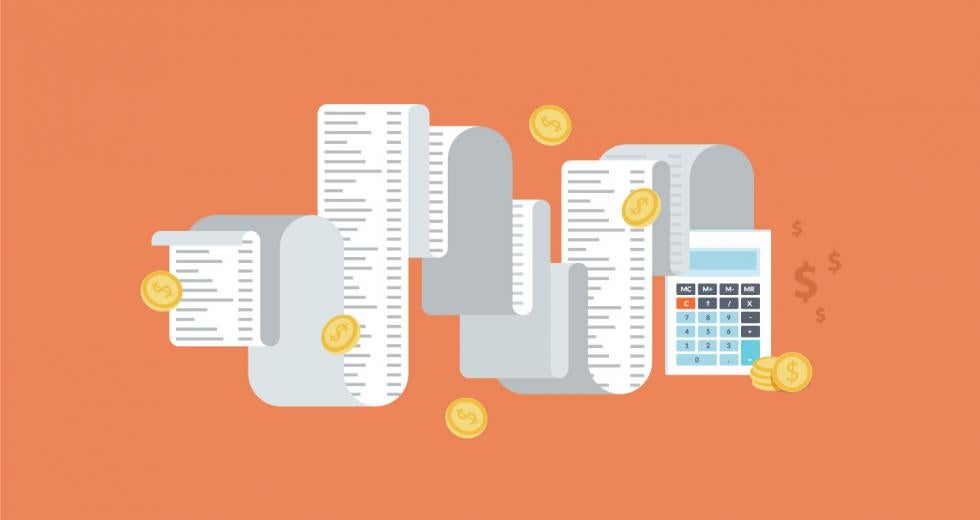Clients borrow money from banks for a variety of reasons, one of which is to increase the tax efficiency of a particular transaction. And with increased federal and state tax rates, tax efficiency is an appealing concept to almost everyone.
Beginning in 2013, the top federal income tax rate increased to 39.6 percent for ordinary income and short-term capital gains, and to 20 percent for long-term capital gains and qualified dividends. Additionally, high-earning taxpayers became subject to an increased Medicare tax of 2.35 percent on earned income and 3.8 percent on unearned investment income. Add to these federal tax rates to a California income tax rate that caps out at 13.3 percent (effective beginning in 2013), and the end result is California taxpayers facing substantial tax bills. Accordingly, many people are now asking what they can do to reduce the hit.
To that end, consider two situations where borrowing may lead to greater tax efficiency: borrowing to make a tax payment or other large cash outlay and borrowing to invest. It is important to note that both strategies carry risks. Loans need to be repaid, and markets and interest rates can fluctuate. It is vital, therefore, that investors consult their tax and financial professionals to determine if and when these strategies will be beneficial.
Borrowing to make payments
Selling a business or other appreciated asset for cash will bring on a substantial tax bill. Often the seller will reserve a sufficient amount of cash from the business sale to satisfy the tax, meaning borrowing to pay the bill is generally not needed.
However, compare the owner who sells a business for cash with one who generates substantial ongoing income and gain from an investment portfolio or other investment assets. This type of individualoften wants to remain invested in such income generating and/or appreciating assets and may not want to liquidate investments to pay a tax bill — or the timing may simply not be ideal to liquidate investments. For example, you may not want to liquidate investment assets to pay a tax bill at a time when the market is volatile or down. In these situations, many sellers will use a line of credit to generate liquidity for a tax bill. Most lines of credit are secured by liquid marketable securities, but it may be possible in certain situations for a line of credit to be secured by nonmarketable financial assets, such as hedge fund interests or other illiquid assets.
In most situations, there is limited or no cost to set up a line of credit against an investment portfolio. The individual only pays interest on the credit line that is drawn. Given current low interest rates, the cost on borrowed proceeds is relatively modest, particularly compared against the flexibility a line of credit affords in terms of access to liquidity without having to be a forced seller of investment assets at a particular time.
The same concept applies to any large cash need. For instance, if you want to make an all-cash offer on an expensive home but don’t want to maintain a large cash balance or sell out of investment assets prematurely, a line of credit can be an elegant and simple solution.
Borrowing to invest
But maybe you are borrowing to invest. For instance, you may have substantial equity in a luxury home or other appreciated asset that you wish to borrow against for the purpose of investing the borrowed proceeds. You could borrow against diversified portfolio assets for the same purpose. The success of such a strategy is, of course, predicated on the assumption that the investment return on the borrowed proceeds will be greater than the interest cost on the borrowed proceeds. Accordingly, any client interested in exploring such a strategy must be comfortable with the risk involved. It is also imperative to discuss such strategies with your CPA, especially for the purpose of determining whether and to what extent the interest cost on the borrowed proceeds can be used to offset investment income.
This tax benefit is often called the “investment interest deduction.” Assume, for instance, a you own a home with a $10 million fair market value and a $1.1 million existing mortgage. Further assume you wish to unlock some of the equity in your home to invest. If you borrow an additional $1 million against your home, the interest paid on the first $1.1 million of debt will continue to be classified as mortgage interest — and thus be a valuable deduction against income — and the interest on the second $1 million of debt can be classified as investment interest expense and deductible against the your investment income if the borrowed proceeds are invested in a taxable investment (the concept of tracing becomes relevant) made by the borrower.
The potential value of the investment interest deduction has the practical impact of reducing the cost of the borrowing, whichis important because the overall strategy is predicated on generating a greater investment return on the borrowed proceeds compared against the loan interest cost.
The information contained in this article is provided for informational purposes only. The views expressed herein are those of Mr. Dan Schrauth, and may differ from those of J.P. Morgan or any of its affiliates. Nothing in this article should be perceived as a solicitation to buy or sell any product or service offered by J.P. Morgan or any of its affiliates.
Recommended For You

Is It Time to Sell Your Business?
How to know when it’s time, and what to do when that time comes
Whether or not a sale makes sense, the economic recovery that has fueled the growth of many businesses suggests that it’s a good time for business owners to re-examine the value of their business and to revisit — or put in place — a succession plan which may or may not include the prospect of a sale.

Happy National Estate Planning Awareness Week!
But before the party starts, here are 7 questions you need to answer
If National Estate Planning Awareness Week, which started yesterday, snuck up on you this year, you are not alone. In fact, if you don’t have an estate plan, you have lots of company. Fifty percent of Americans lack a will and other vital estate planning documents, and their absence is a sure path to probate court and often lengthy, costly legal proceedings before an estate is settled.

Avoid the Liquidity Trap
3 tips for succession planning
Surviving the Great Recession wasn’t easy for anyone, but it had a unique impact on business owners who were looking forward to retirement. One-third of small biz owners are over the age of 55 – primed to step away from the day-to-day routine. When the economy went into a tailspin, those trying to either sell or otherwise transition the ownership of their business had to keep working, even as the long slump made staying in business a struggle.

Made to Last
Trusteed IRAs can stretch assets over generations
You’ve made all the right financial decisions. You’ve saved, you’ve planned, you’ve invested. But what if your heirs aren’t quite ready for the responsibilities and tax advantages that go along with inheriting your dutifully funded IRA? Your best bet for control from the grave may be a trusteed IRA.



